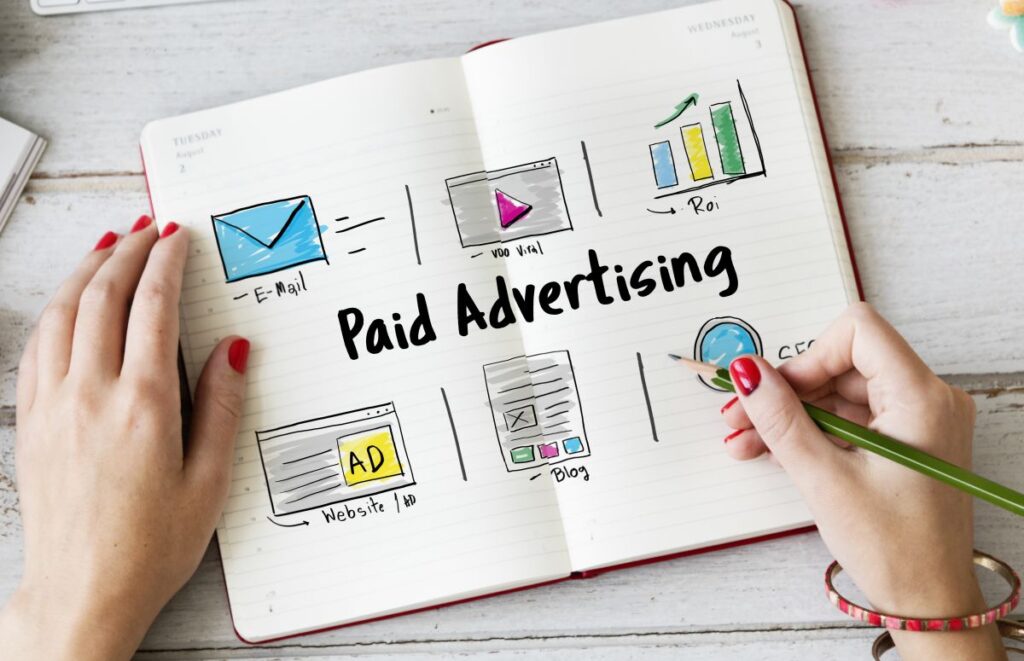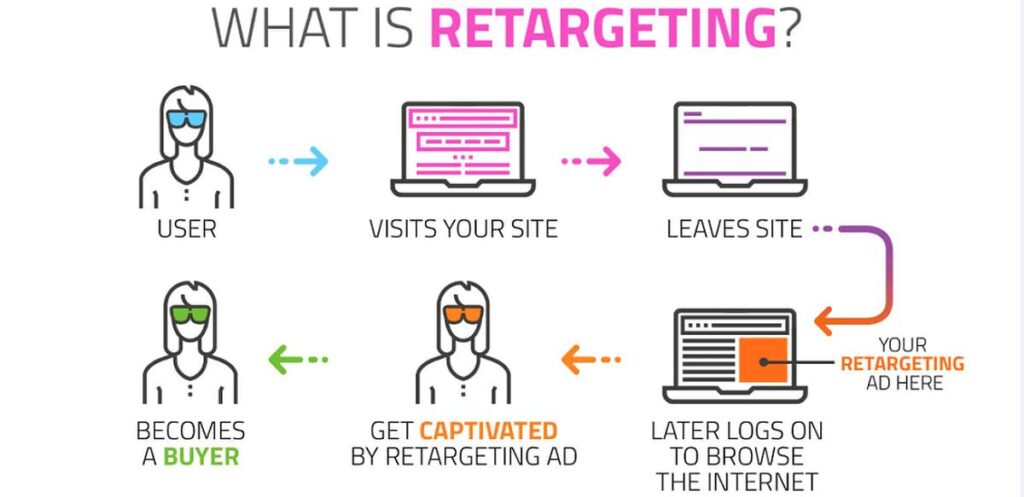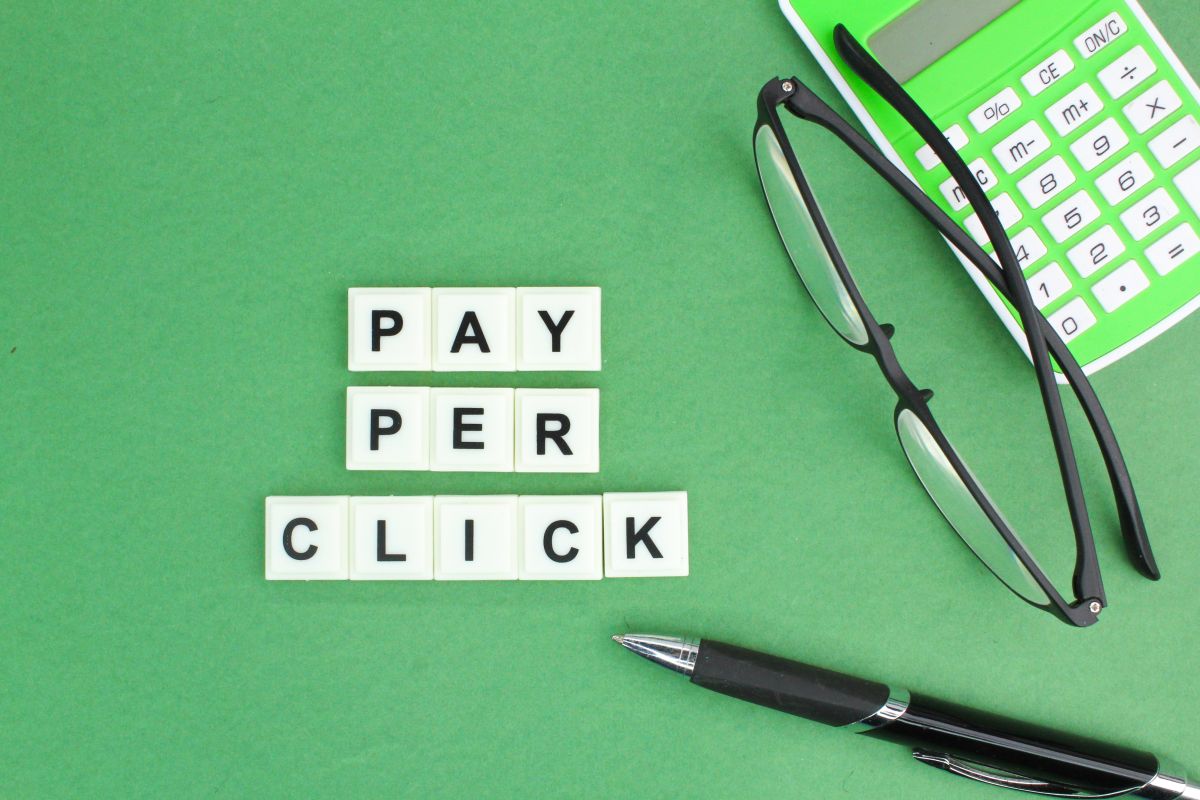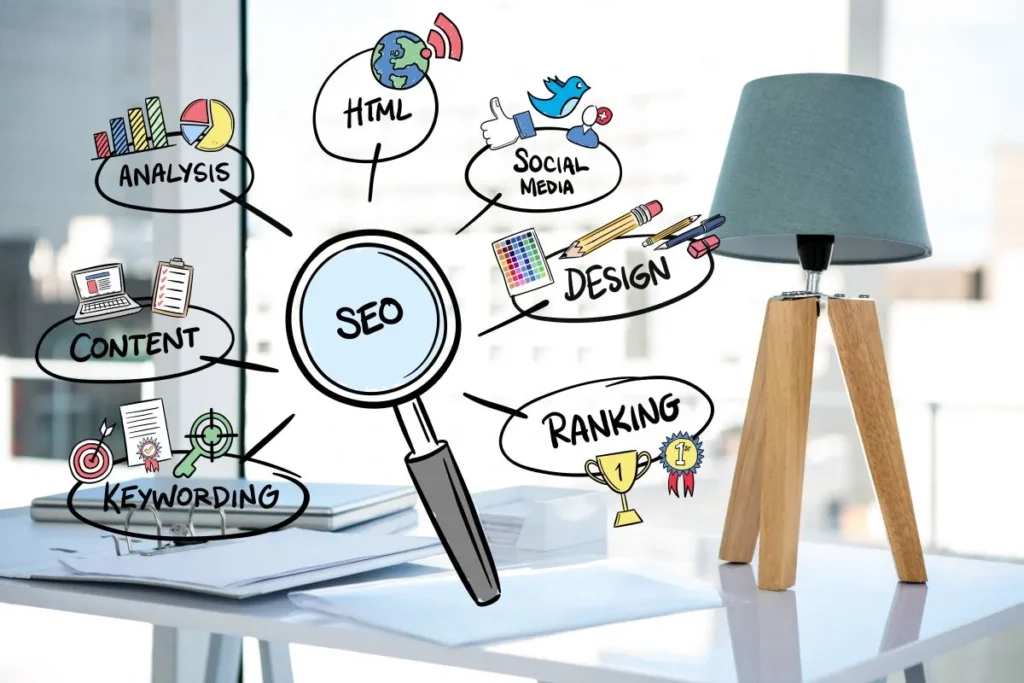Pay-Per-Click (PPC) campaigns powerfully fast-track digital growth and can be achieved through placing your brand on the desktops of prospective buyers in real-time as they are poised to make a sale. However, PPC does not all come in the same format. You must make a decision based on your goals, as you may intend to capture search intent, create awareness, make conversions, or re-engage past users. In this blog, we will unpack the most popular types of PPC campaigns and their strongest features, the best cases to apply, and how they fit in to find the optimum mix to fit into your next marketing campaign.
Understanding Search Ads
PPC is supported mostly by search ads. They come in the form of text-based advertisements on top of Search Engine Results Pages (SERP) due to the bidding for keywords by advertisers. These campaigns are very intent-oriented and therefore great to acquire users who are actively looking around to find what you have. Search Ads are usually hosted on Google Ads and Microsoft Advertising.
Key Features:
- Keyword-targeted, intent-based visibility.
- Appear above or below organic listings with an “Ad” label.
- Quality Score and bid determine placement and CPC.
Best For: Conversion-focused goals like sales, leads, or website traffic—when users purposefully seek what you offer.
Understanding Display Ads
Display Ads are images or texts in the form of a banner that are located within websites on the advertising networks. They are not considered to be intent-driven, but develop awareness or remarket the site.
Key Features:
- Displayed at millions of locations, and with sophisticated targeting options.
- Great for visual storytelling and brand presence.
Best For: Targeting brand awareness, retargeting, or going out to passive users and discovering them on their internet travels.
Understanding Social Media Ads
Social media advertising also comes via Facebook, Instagram, LinkedIn, and Twitter channels and therefore exploits the possibility of demographic, interest, and behavioral targeting in reaching specific audiences in the feeds or on the slides.
Key Features:
- Images, videos, carousels, and highly visual stories.
- High levels of platform-specific involvement.
Best For: Developing brand awareness, social awareness, and stimulating attention in the target markets.

Understanding Shopping Ads
Shopping Ads (product listing ads) display your products, including pictures, prices, and seller information, and can be found in the search results when users make queries related to products.
Key Features:
- Inventory-linked, product-centric ad units.
- The high buying intent will be seen when users seek products.
Best For: E-commerce stores that need to showcase numerous products on one page and bring out purchase-ready traffic.
Understanding Video Ads & In‑Stream Ads
The video (e.g., YouTube) or in-stream information attracts attention due to motion and narration. Such advertisements may appear before, after, or during the video.
Key Features:
- Visual/audio material that is storytelling-oriented.
- Excellent for creating awareness or retargeting on an engagement basis.
Best For: Brand campaigns, education stories, connecting with people using multimedia.
Understanding Remarketing (Retargeting) Ads

Figure 1: What is Retargeting in Advertising
Remarketing Ads target users for retargeting based on their prior visit to your site or app with display or search-based placements. Such advertisements are tracked as users switch between sites in order to get them to visit or make purchases.
Key Features:
- Targets follow up with audiences that have previously expressed interest.
- Better ROI through concentrating on users who are closer to conversion.
Best For: Recovering abandoned carts, upselling, or encouraging near-converting audiences back to the funnel.
Understanding Gmail & Native Ads
- Gmail Ads are presented in the inboxes of users and formatted identically to emails except with the addition of an advertisement tag- users are reached in a more intimate, conversational location.
- Native Ads fit in the structure and tone of the platform-article suggestions, or in-feed, that give a non-disruptive, content-related way of advertising.
Best For: Targeted engagement in less ad-heavy environments; discovery-driven platforms.
Understanding Local Service & Amazon Ads
- Local Service Ads point the user to local service providers (e.g., plumbers, electricians), typically through a site-specific placement such as Google Local Services.
- Amazon Ads is strategically IPC-friendly with the Amazon sellers in mind, and its Ad formats include Sponsored Products, Brands, and Display so that the Amazon ecosystem has product-level PPC capabilities.
Best For: Local service-based businesses (local trust and leads) and sellers who want to leverage on Amazon marketplace (e‑commerce).
Comparison Table: PPC Campaign Types
| Type | Primary Objective | Typical Placement | Best For |
| Search Ads | Capture intent-driven leads | SERPs (Google, Bing) | Conversions, high-intent visitors |
| Display Ads | Build awareness or retarget | Websites (ad networks) | Brand visibility and retargeting |
| Social Media Ads | Engage and inform | Social feeds and stories | Awareness and engagement |
| Shopping Ads | Showcase products visually | SERPs (product listings) | E-commerce conversions |
| Video / In-Stream Ads | Tell visual stories | Video platforms (YouTube, etc.) | Branding, storytelling, retargeting |
| Remarketing Ads | Re-engage prior visitors | Display or search networks | Recovering interest, increasing conversions |
| Gmail / Native Ads | Seamless sponsored content | Email inboxes or content feeds | Less-intrusive promotions |
| Local Service Ads | Connect to local buyers | Local search platforms | Local service leads |
| Amazon Ads | Promote products within Amazon | Amazon search and detail pages | E-commerce sellers on Amazon |
Budget and Performance Considerations
When planning your PPC strategy, it’s essential to account for both budget and performance factors. Some important factors include:
- CPC varies widely: Search and Shopping often cost more per click because of high intent; Display and Social may offer lower costs with broader reach.
- ROI depends on alignment: High-intent formats (Search, Shopping) typically yield stronger short-term ROI. Awareness-driven ads (Video, Social) help with top-of-funnel growth and long-term brand building.
- Measure and adapt: Use A/B testing and campaign-specific KPIs (CTR, conversion rate, CPA) to evaluate and optimize across formats.
Conclusion
The variety of PPC campaign types is also essential in the development of effective digital strategies since knowing them can help create a more effective overall strategy. Fanning out to conquer high-intent searches, create brand awareness using your display or video inventory, resurrect former visitors, or mine such niche avenues as Amazon or local service marketplaces—all of these forms play their own role in the marketing funnel. In order to achieve maximum impact, make sure your campaign type is mapped to your goals, measure channel performance, and adapt to data-driven insights. A balanced PPC mix with a combination of both immediate results and longer-term growth can be achieved when it is completed properly.





